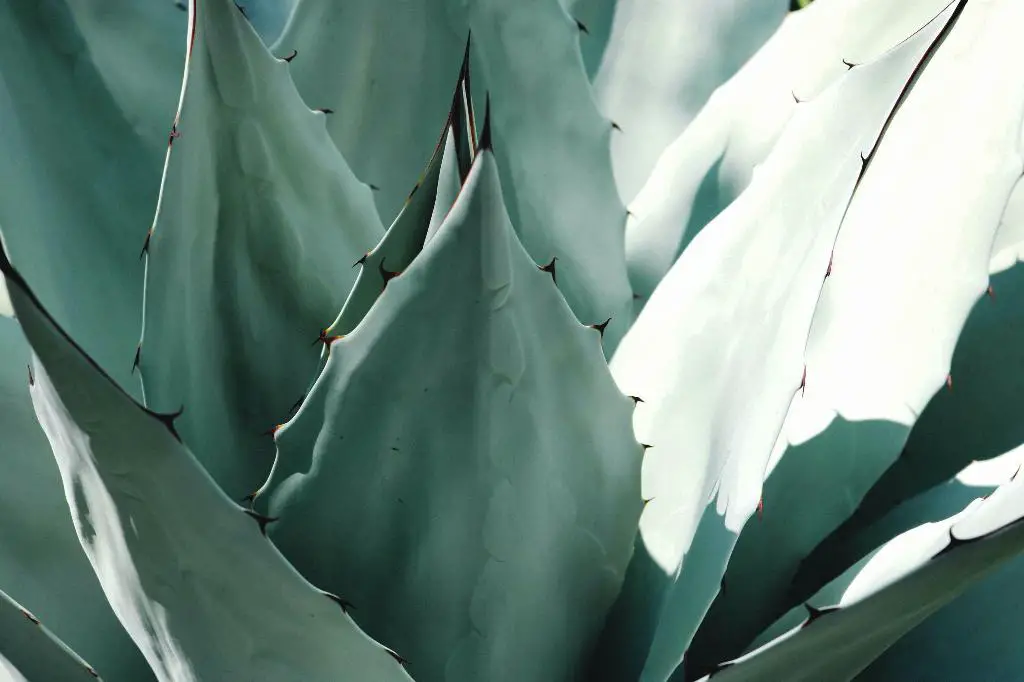Prickly pear cactus, also known as Opuntia, is a fascinating plant species that showcases its beauty through its vibrant blooming cycle. When people ask “When do prickly pear cactus bloom?” there are several key factors to consider in understanding the timing and spectacle of this natural occurrence.
The Seasonal Timing of Blooms
Prickly pear cactus typically bloom in the spring season, which is a time of renewal and growth in many parts of the world. The exact timing can vary based on the specific region and climate conditions, but in general, you can expect to see these cacti showing off their colorful flowers in the springtime.
Environmental Triggers for Blooming
Several environmental triggers play a role in prompting prickly pear cactus to bloom. Factors such as temperature, sunlight exposure, and rainfall patterns can all influence when these cacti decide to produce their striking flowers. This sensitivity to the surrounding environment adds to the magical nature of their blooming cycle.
Characteristics of Prickly Pear Flowers
The flowers of the prickly pear cactus are truly a sight to behold. With their bright yellow petals, often accompanied by a striking red center, these flowers can measure anywhere from 2 to 3 inches in diameter. Their vibrant colors and unique appearance make them a standout feature in the desert landscape.
The Beauty of Blooming Cacti
Witnessing a prickly pear cactus in full bloom is a rewarding experience for nature enthusiasts and gardeners alike. The contrast between the spiky green pads of the cactus and the delicate, colorful flowers creates a visually stunning display that highlights the resilience and beauty of desert flora.
Importance of Pollination
As with many flowering plants, pollination is a crucial process for the prickly pear cactus. Bees, butterflies, and other pollinators are drawn to the nectar-rich flowers of the cactus, aiding in the transfer of pollen between blooms. This interaction is not only vital for the cactus’s reproductive success but also contributes to the broader ecosystem.
Duration of Blooming Period
The blooming period of prickly pear cactus can vary depending on the specific species and environmental conditions. Generally, the flowers will bloom for several weeks, providing ample time for pollination to occur and for admirers to appreciate their beauty during this fleeting but significant phase of the cactus’s life cycle.
Cultural Significance
Prickly pear cactus and their blossoms hold cultural significance for various indigenous communities around the world. In some cultures, the cactus symbolizes endurance, adaptability, and even protection. The blooming of these cacti can mark a time of celebration and connection to the natural world.
Care and Maintenance for Blooming Cacti
To encourage healthy blooming in prickly pear cactus, it’s essential to provide adequate sunlight exposure, well-draining soil, and proper watering practices. By understanding the needs of these plants and creating a suitable environment, you can help ensure that they thrive and produce their spectacular flowers season after season.
Enjoying the Blooming Season
Whether you encounter prickly pear cactus in their natural habitat or cultivate them in your own garden, the blooming season is a special time to appreciate the wonders of nature. Take the opportunity to observe these resilient plants as they showcase their vibrant flowers and contribute to the biodiversity of their surroundings.

Conclusion
In conclusion, the blooming cycle of prickly pear cactus is a captivating natural phenomenon that highlights the beauty and resilience of these iconic desert plants. By understanding the seasonal timing, environmental triggers, and cultural significance of their blooms, we can deepen our appreciation for the intricate relationship between cacti and their surroundings.
